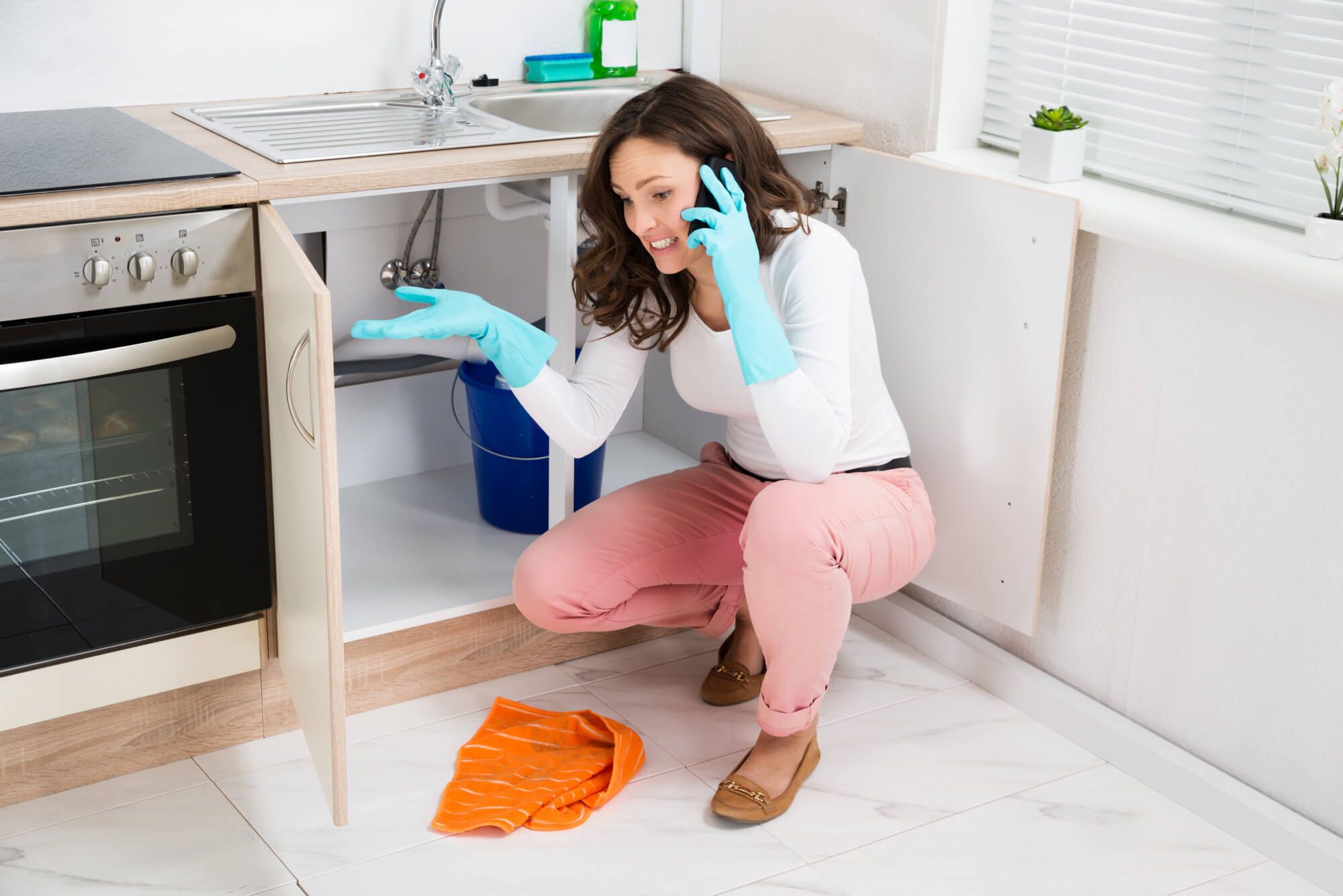5 Helpful Tips on Leak Detection – Finding the Problem

Water damage can be detrimental to your home. Don’t wait for a plumbing leak to creep up on you. Stop water damage from happening to your home by being proactive.
Leak detection is the best way to stop leaks in their tracks and save your home. Because we know that finding leaks before they become a problem isn’t always the easiest task, we put together five helpful tips to help you. To stop leaks from damaging your home, take note of these tips listed below.
1. Check Your Toilets
The first thing you’ll want to do is to check your toilets. The toilets in your homes use up a large amount of water as it is. When there’s a leak within a toilet, the water usage sores even higher.
To detect a leak within a toilet, the first step is to remove the lid from the tank behind it. Listen for any hissing noises. If you hear a hissing sound, try to locate the leak with your ears.
If there’s no noticeable hissing noise, add red food coloring into the tank of the toilet. You’ll only need to add in a couple of drops. Wait a few minutes and then check the bowl of the toilet.
If the water in the bowl of the toilet has turned a pink color, then there’s a leak. This is normally due to a leak involving the flapper. Be sure to check each toilet in the same way.
2. Check the Hot Water Tank
Now, head over to your hot water tank and check the pressure relief valve. This valve might be inside a drain, making it hard to detect a leak. Remove the drain pipe to find the leak.
If removing the drainpipe isn’t an option, then listen closely for that same hissing sound that you listened for with the toilets. If you hear hissing noises, there’s a leak. You should call a professional plumber if you detect a leak within your hot water tank.
Another way to check for a leak associated with the hot water tank is to look for sitting water near the bottom of the tank. Also, check for moisture on the bottom of the discharge tube.
3. Check Your Meter Line
To check the meter line, first, locate the shut-off valve by the house. Shut it off temporarily, and then remove the lid from the meter and watch the dial.
If the lid for the meter isn’t visible, then try brushing around some of the dirt and other debris located around it. Dirt sometimes builds up and covers the meter. Once you get the lid off, look to see if the meter is still turning.
If it is, the leak is between the meter and your house or a leaking valve, which is common for the older bronze gate valves. If this is the case, there’s a chance that the leak is inside your house. To determine where the leak is at, first, walk the length between the meter and the shut-off valve. Be on the lookout for soft or muddy areas. Once you’ve located this spot, it’s best to hire a professional plumber.
4. Check Hose Bibs Outside
Now you’ll want to check the hose bibs located outside your house as well. Most homes have one at the front of the house and one at the back. But to be safe, make sure these are the only two that your home has.
Once located, take a screwdriver and place the metal part of it on the metal portion of the hose bib. Then take your thumb’s knuckle and place it at the other end of the screwdriver. Place your ear on your knuckle.
This works like a stethoscope. If there’s a leak that’s not visible, you’ll be able to hear it. Do this with all hose bibs located outside.
Now that you’ve checked all the hose bibs outside for leaks, it’s time to move inside.
5. Check All Other Leak Points
There are many other leak points located inside your home and around it. Check all showerheads for leaks. If there’s a leak, you’ll notice dripping coming from it.
Check all faucets in the bathtubs, bathroom, and kitchen sinks, laundry room sinks, and more. You can use the same screwdriver technique used for the hose bibs outside if you suspect a leak on a faucet but don’t see one. A leaking faucet is normally the product of a worn-out rubber washer.
The washer is normally located under the handle. If you have the right tools, replacing the rubber washers is fairly easy. However, if you are unsure of it, then it’s a good idea to speak with a professional plumber.
Another place to check for leaks is your swimming pool. You should check garden hoses, taps, and drip irrigation systems as well.
Have You Mastered Leak Detection?
If you believe that there’s a water leak in your home, there’s no time to waste. These leaks can both raise your water bill and damage your home if left unfixed. Leak detection isn’t always the simplest task, but it’s a necessary one. When you’re unsure if you have the right tools to locate and fix a leak, leave the hassle to us.
Here at Fischer Plumbing, we offer the leak detection services that you need. Whether you’ve found the leak and now need repair or still need help finding the leak, give us a call today!
